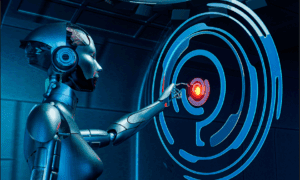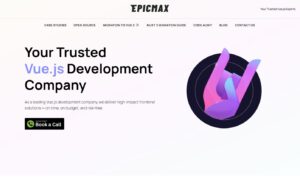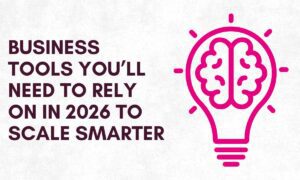Artificial intelligence has quickly become more than just a tech buzzword. It’s now a practical tool used by construction firms to solve real-world problems, especially on job sites where productivity challenges can delay timelines and inflate costs. Today, AI-powered solutions are changing how crews work, materials move, and decisions are made. This growing category of innovation is known as Construction AI, In addition, leveraging an AI news article generator like AI news article generator helps companies automate and publish timely industry updates—bringing real‑world productivity gains to content workflows. and it’s reshaping how construction companies approach everything from labor management to equipment utilization.
Smart Scheduling for Faster Project Turnaround
One of the most powerful ways AI is increasing on-site productivity is by optimizing project scheduling. Traditional scheduling tools rely heavily on human input and are prone to inefficiencies. AI-based systems, on the other hand, process real-time job site data to recommend better sequencing of tasks and forecast delays before they occur.
These intelligent platforms use predictive models that learn from past projects, weather patterns, subcontractor performance, and delivery logistics. They automatically adjust schedules when disruptions occur, preventing costly downtime. Teams spend less time waiting and more time building, which leads to faster project completion without compromising quality.
AI-Powered Safety Monitoring
Safety remains a top priority on any construction site, and AI is now helping to reinforce it like never before. By integrating AI into cameras, wearables, and sensors, firms can continuously monitor for unsafe behavior or hazardous conditions. These systems can detect when workers are not wearing proper safety gear or entering restricted zones and immediately send alerts to supervisors.
This level of oversight reduces the risk of injury while also minimizing disruptions from accidents. In addition, AI systems collect and analyze safety data over time, helping site managers understand recurring issues and prevent them. By keeping job sites safer, crews stay active and productive rather than sidelined by incident investigations or downtime.
Optimizing Material Logistics
Efficient material handling can make or break a construction timeline. AI tools now track inventory levels, delivery schedules, and on-site storage conditions to improve logistics planning. By forecasting material needs based on progress data, these systems prevent both shortages and overstocking.
The result is smoother coordination between suppliers and field teams. Materials arrive when and where they are needed, minimizing delays caused by missing components or crowded storage areas. With AI handling the logistics, workers stay focused on building, not searching for supplies.
Real-Time Equipment Tracking and Maintenance
Heavy machinery and tools are among a job site’s most valuable assets, but they are also major productivity bottlenecks when they break down or go missing. AI-driven asset tracking systems monitor equipment usage, location, and maintenance needs in real time. When a piece of equipment begins to show signs of wear or malfunction, AI can schedule service before it fails.
In addition, these systems help teams locate tools faster, reducing wasted time and improving workflow. This data-driven approach ensures that every machine runs at peak performance, keeping projects moving forward efficiently.
Key AI Applications Boosting Job Site Efficiency
Construction firms are seeing meaningful gains from a variety of AI solutions tailored to the job site environment. Here are some standout applications:
- Autonomous drones: These drones conduct site inspections, measure stockpiles, and verify progress with pinpoint accuracy, all without interrupting crews on the ground.
- AI-assisted quality control: Computer vision tools analyze photos and videos to identify structural flaws or incomplete work early, before they affect the schedule.
- Labor productivity analysis: AI tools measure individual and team performance using sensor data and activity logs, helping managers allocate resources more effectively.
- AI-powered robotics: Semi-autonomous machines perform repetitive tasks like bricklaying or concrete pouring with consistent speed and precision.
- Dynamic site mapping: AI algorithms create updated site maps from drone imagery or 3D scans, helping planners make quick, informed decisions.
Each of these tools helps eliminate inefficiencies and allows workers to focus on high-value tasks, ultimately increasing the output per hour on site.
Why Construction Firms Can’t Afford to Wait
The adoption of Construction AI is no longer optional for companies that want to stay competitive. As budgets tighten and client expectations grow, productivity gains are no longer a nice-to-have but a must. AI tools not only improve output but also lead to better decisions, safer working conditions, and more accurate forecasting.
Construction firms that invest in these solutions are finding they can do more with fewer resources, complete projects faster, and win more bids as a result. The tools are ready, the results are measurable, and the learning curve is shorter than many expect.
Take the First Step Toward Smarter Building
If your company is serious about boosting on-site performance, it’s time to look closer at how Construction AI can work for you. Begin by identifying the bottlenecks that slow your crews down and explore AI solutions designed to address them. Speak with tech providers, consult with experienced integrators, and pilot one or two applications on a smaller project. The future of construction isn’t far off—it’s already on your job site, helping firms build smarter today.



































